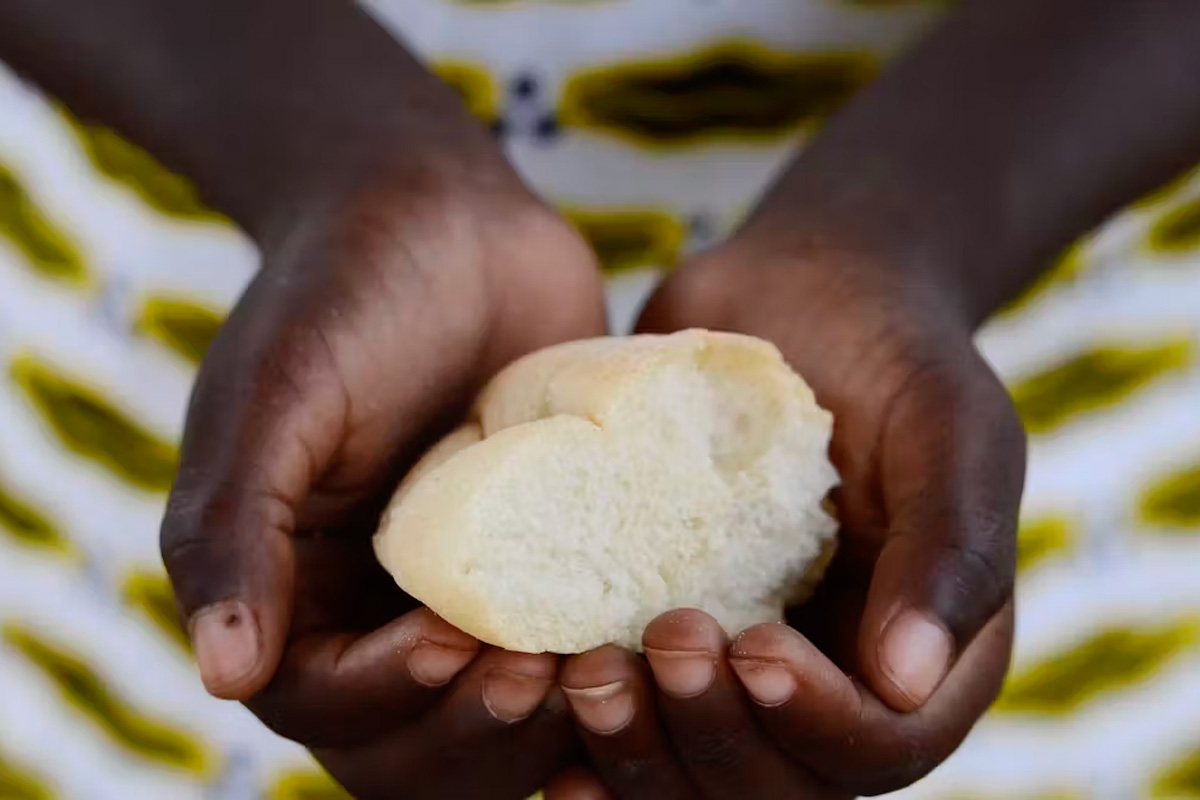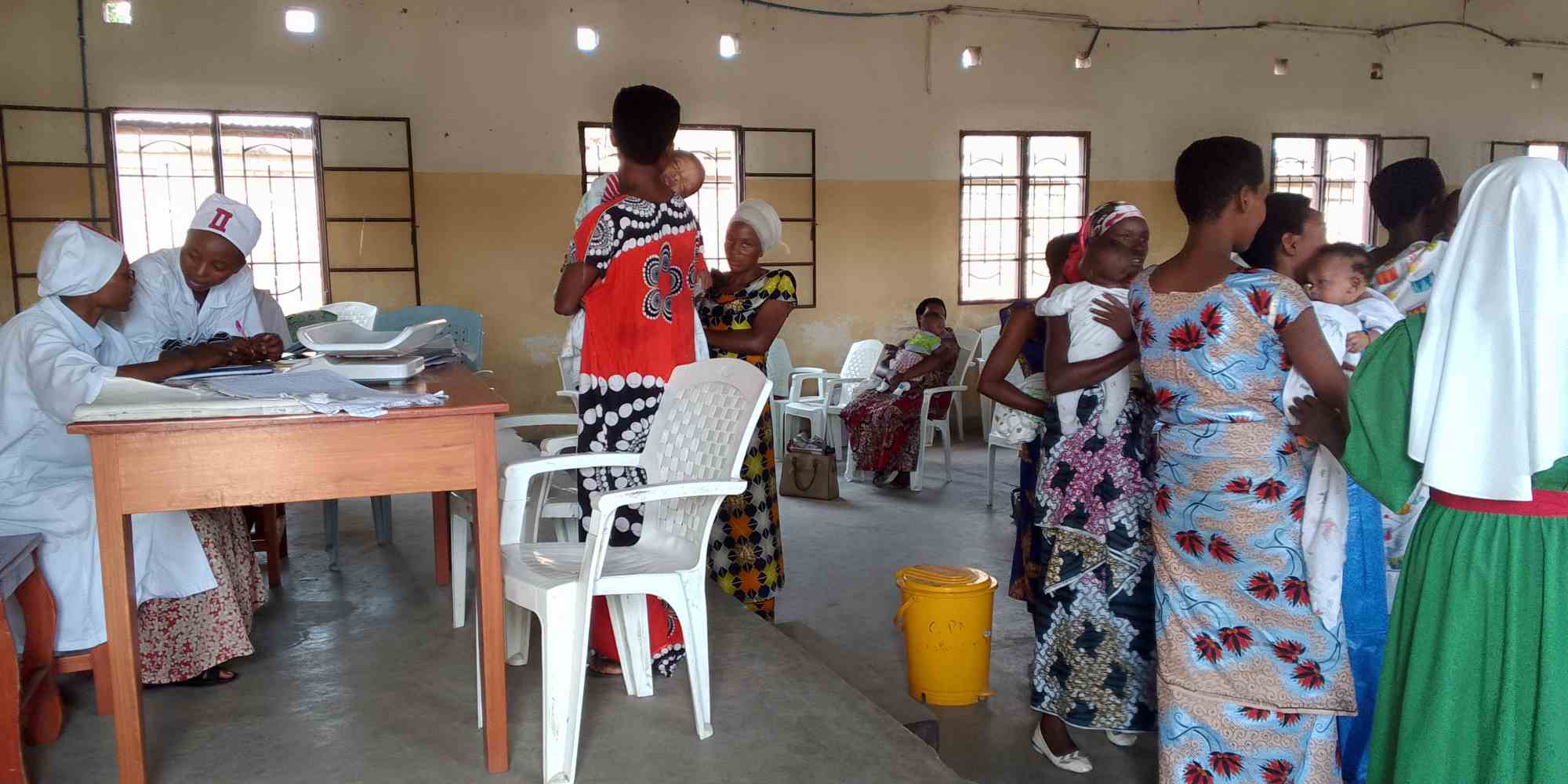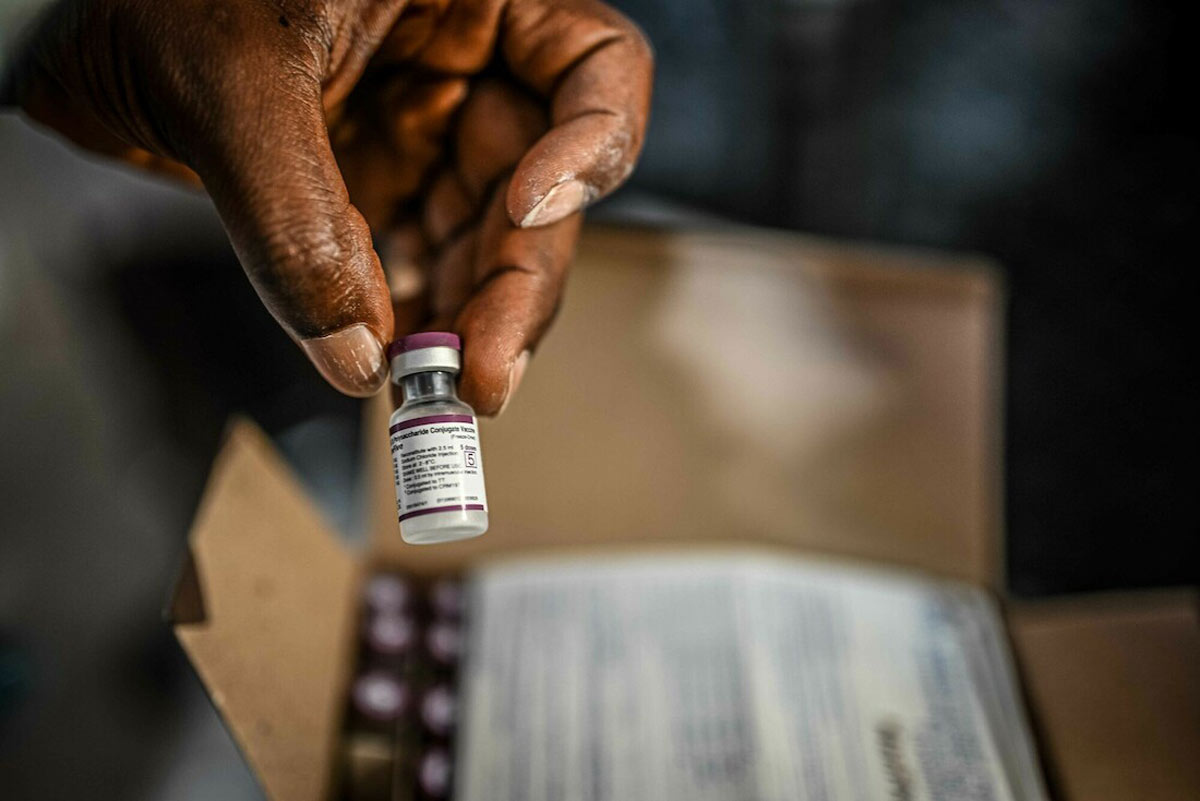Dr. Naveen Thacker, Indian Paediatrician and President of Asia Pacific Paediatrics Association, and Amandeep Singh, Global Health Strategies India.

A nurse prepares pentavalent vaccine in an Indian hospital. Photo: Gavi/ Oscar Seykens.
Each year, hundreds of thousands of children die from vaccine-preventable diseases, and millions more are hospitalized. The cost of these diseases is extreme; billions are expended on treatment costs and lost productivity.
In spite of this, one in every five children still don’t have access to basic vaccines. A recent study made the case stronger still, estimating that every US$1 dollar invested in immunization yields between US$ 16-44 return.
This makes the case ever more compelling for Asia Pacific. Given the sheer scale of the challenge in our region, it is now more than ever that we need low-cost, high-impact interventions to address morbidity and mortality caused by preventable diseases.
The most recent introduction of the rotavirus vaccine stands to make a vast difference promising to reduce diarrhoea deaths and reducing child mortality. As paediatricians, we understand the severe burden of illness that diarrhoea causes can adversely impact a child’s growth and development, while also economically accosting families, communities, the government, and the healthcare system.
This is just the beginning. To address remaining challenges, attendees from 22 paediatric societies in Asia Pacific came together in Hyderabad this January to call on their governments to prioritize funding for immunization, a public health best-buy with the potential to dramatically impact child morbidity and mortality in the region.
Attendees reviewed best practices for building effective advocacy strategies and engaging with a range stakeholders, from governments and media to parents and activists, on new vaccines and routine immunization scale-up. Key cross-cutting challenges identified by the participants included adverse events and objections to immunization, as well as the issue of increasing equity and coverage.
The event also provided an opportunity to strengthen the voices of developing country paediatricians and paediatric societies in informing and influencing policy decisions concerning child health and immunization, particularly as they work towards achieving the Sustainable Development Goals of averting preventable deaths and reducing child mortality by 2030. Such efforts can help to advance immunization and child health policy, advocacy, and program implementation at the local, national, and regional levels to increase in immunization coverage and equity.
The signing of a Call to Action marked the end of the two-day workshop, which was also coordinated by Gavi, the Child Health Foundation, the International Vaccine Access Center at the Johns Hopkins Bloomberg School of Public Health, and Global Health Strategies. This agreement allowed all participants to step into their new status as Child Health Ambassadors.
APPA and its member societies agreed that January’s events were only the first steps in their collective drive for increasing access to and equity of immunization in the region. Over the coming months, APPA will build a roadmap and scorecard to enable local, national, and regional advocacy activities, measure progress, and ensure accountability. Member societies will engage through social media, child health day observances, and additional workshops. Materials and information will be posted to the APPA website as a resource.
As paediatricians, we are acutely aware of the severe burden of vaccine-preventable diseases, and we have a duty to advocate for evidence-based interventions to prevent these diseases and improve child health. By supporting increased immunization as part of comprehensive policies and plans—such as the Global Vaccine Action Plan and the UNICEF/WHO Integrated Global Action Plan for Pneumonia and Diarrhea (GAPPD)—designed to tackle the leading causes of child morbidity and mortality, Asia Pacific paediatricians can lead the call for change in our own countries and the region as a whole.

The APPA meeting in January.
We now have the opportunity to lead the global effort for improved child survival. The introduction of the rotavirus vaccine is a step in the right direction, however continued progress to reduce mortality and improve health equity depends on the prioritization of and financial allocation to proven cost-effective programmes, especially immunization. Only through this will we achieve the global commitments laid out in the Sustainable Development Goals and ensure the health and wellbeing of our children.






